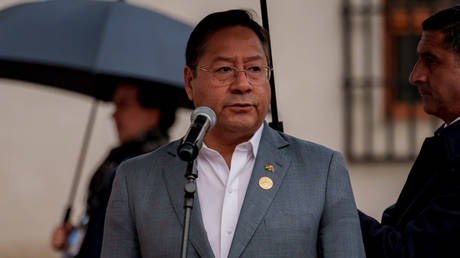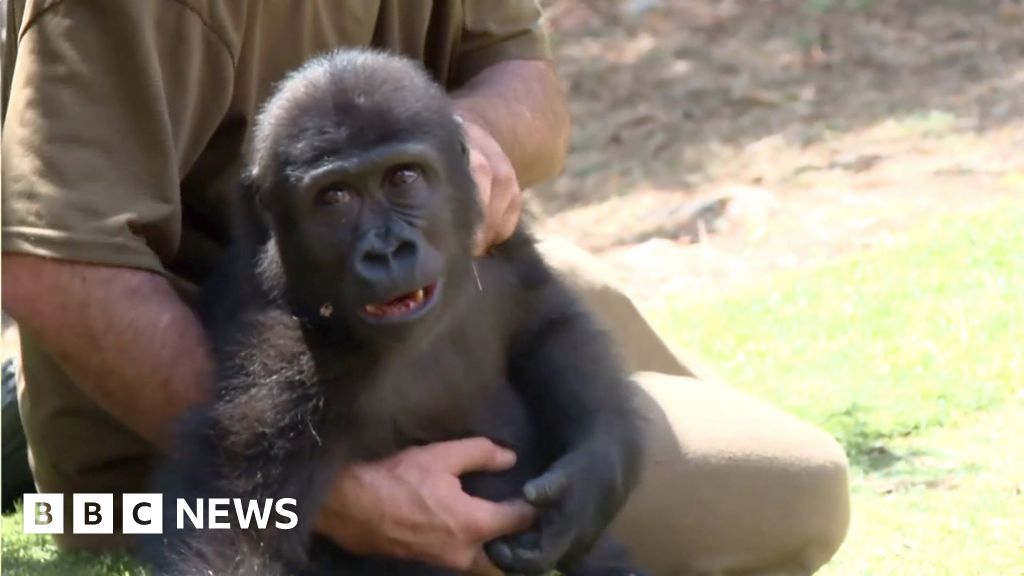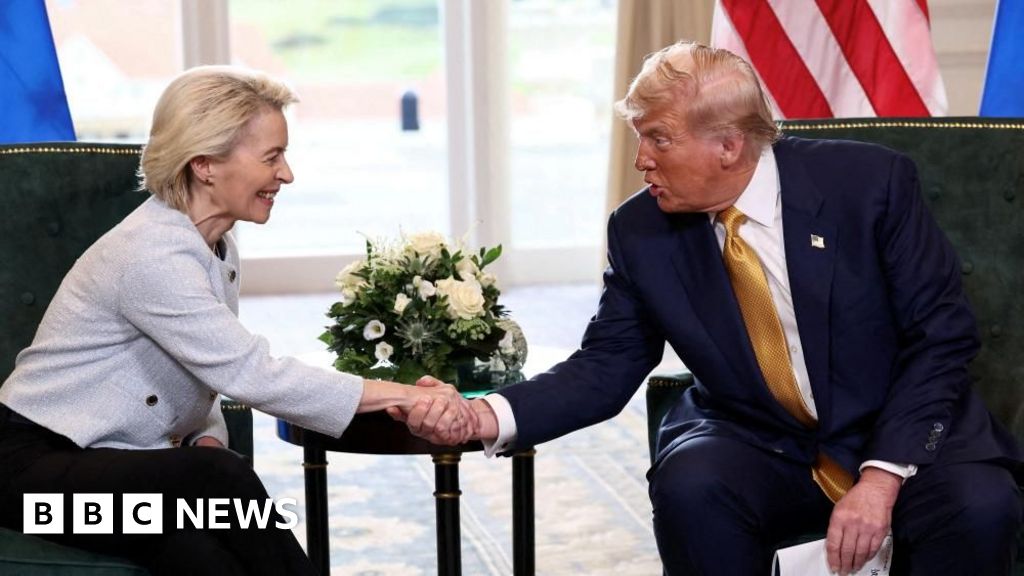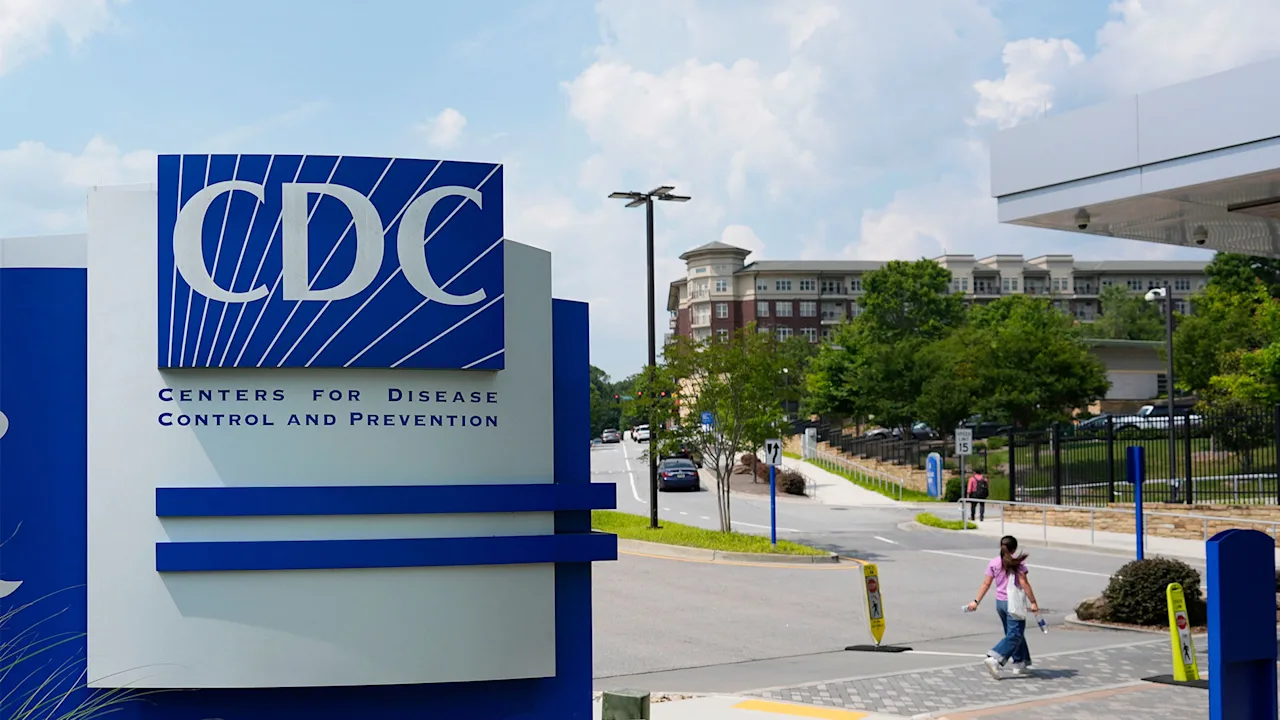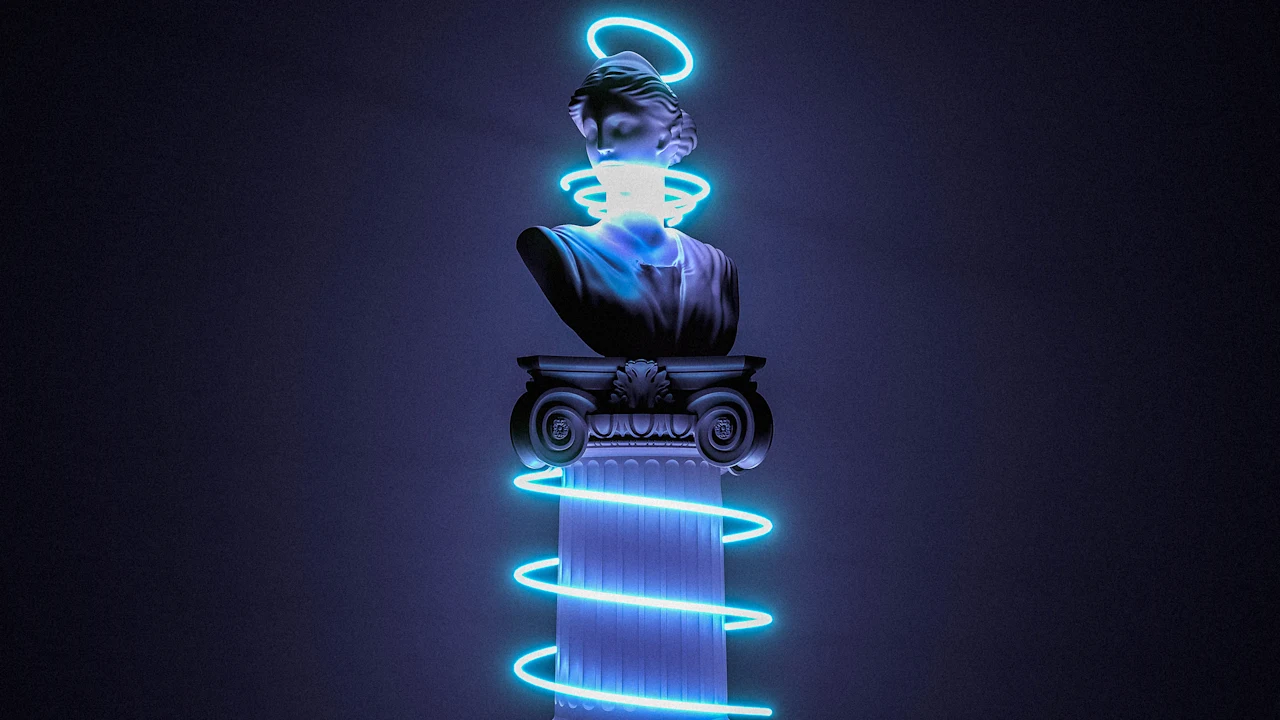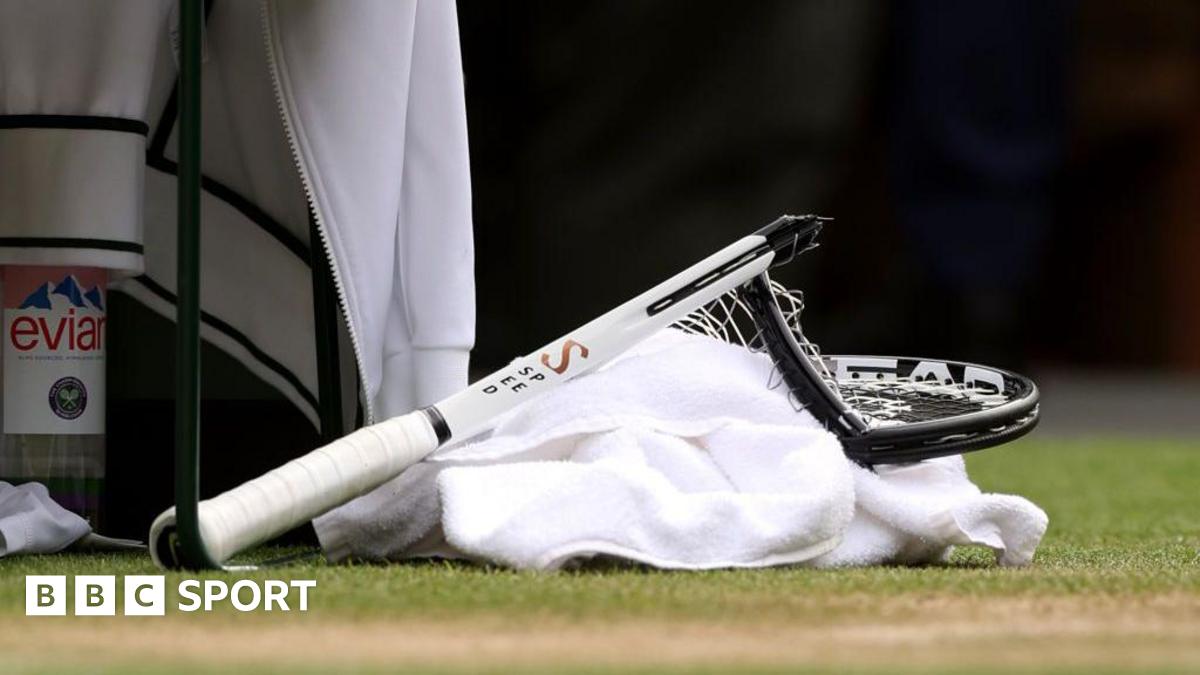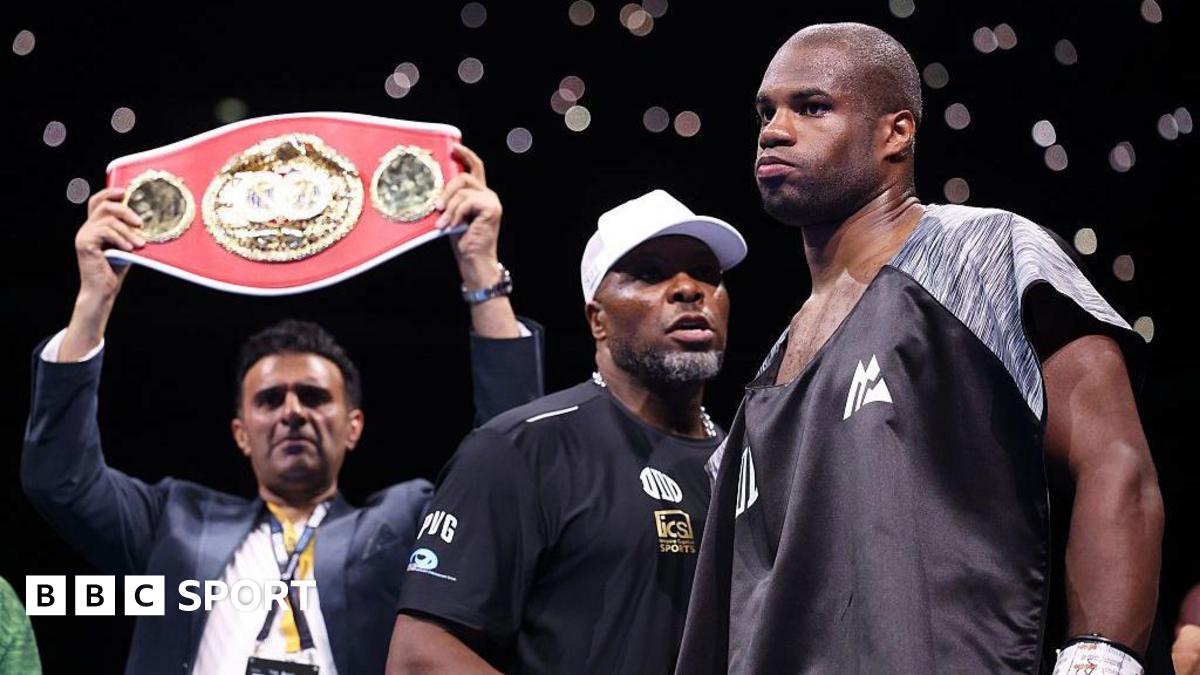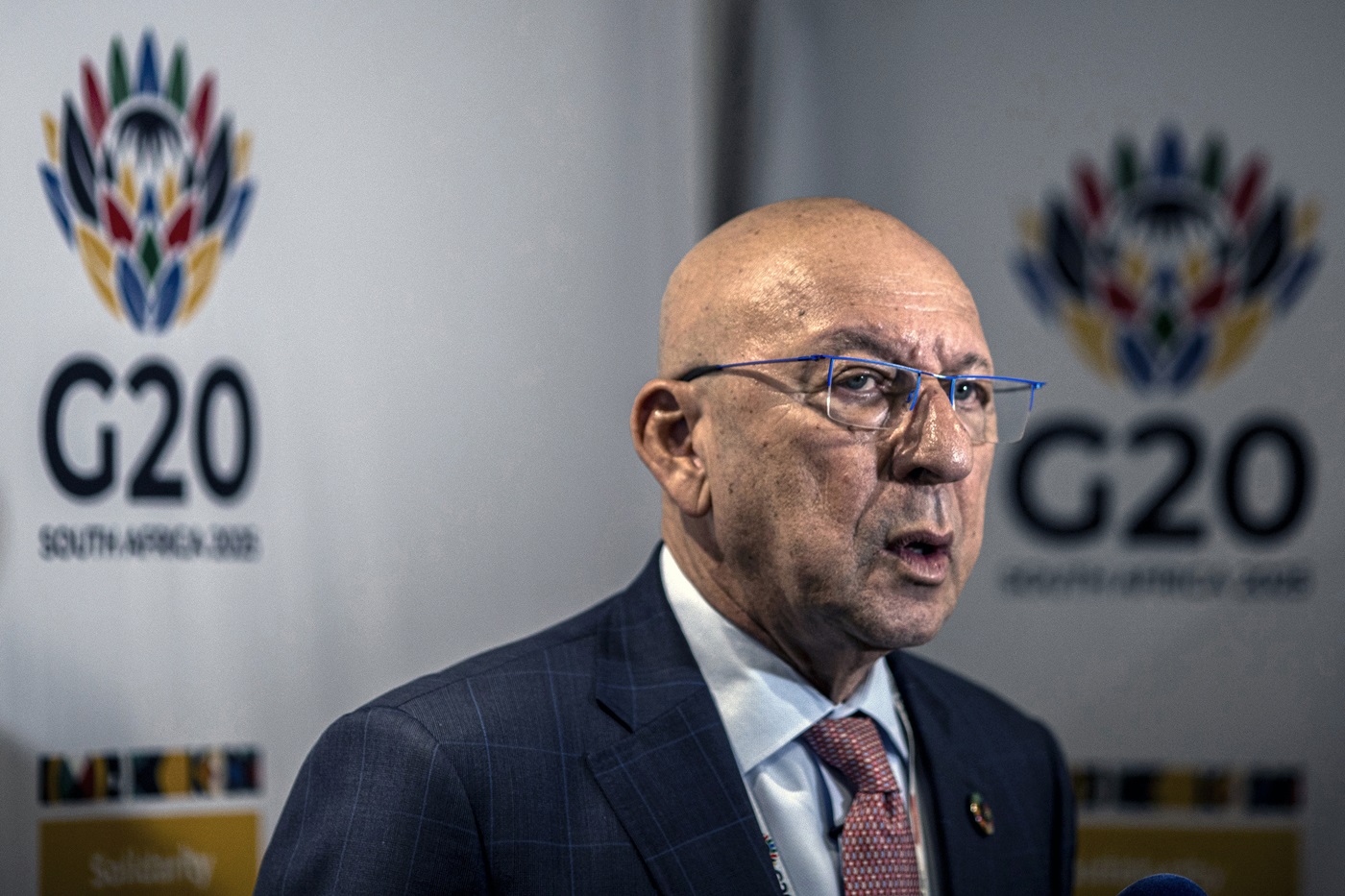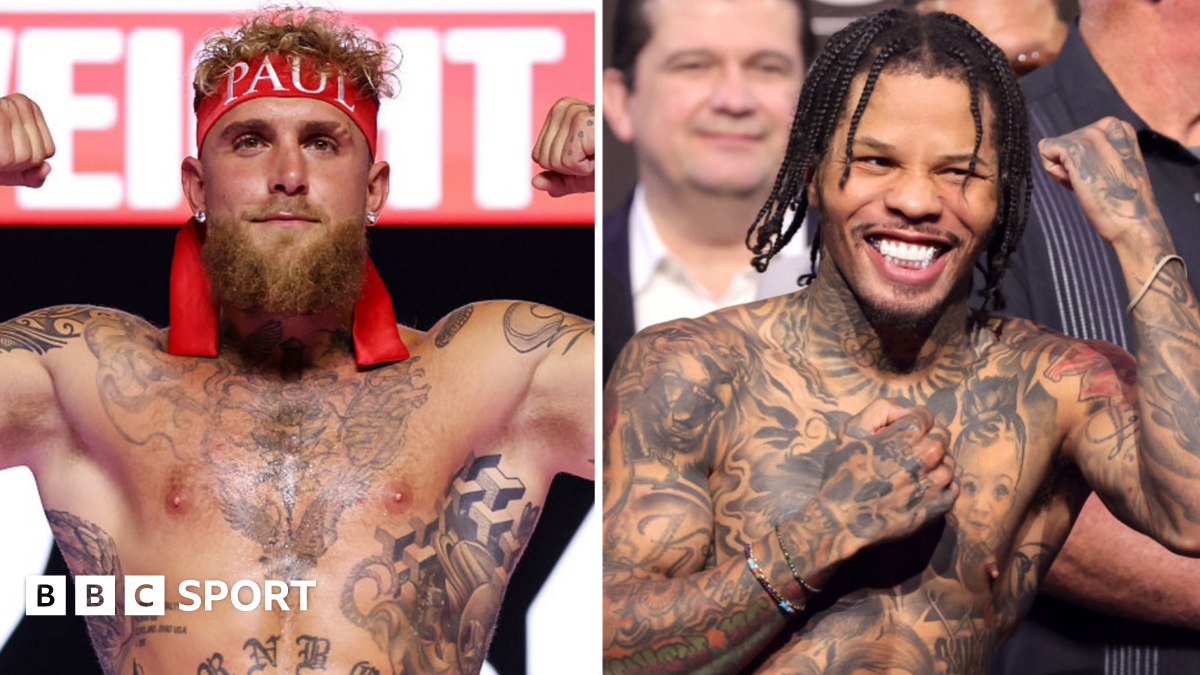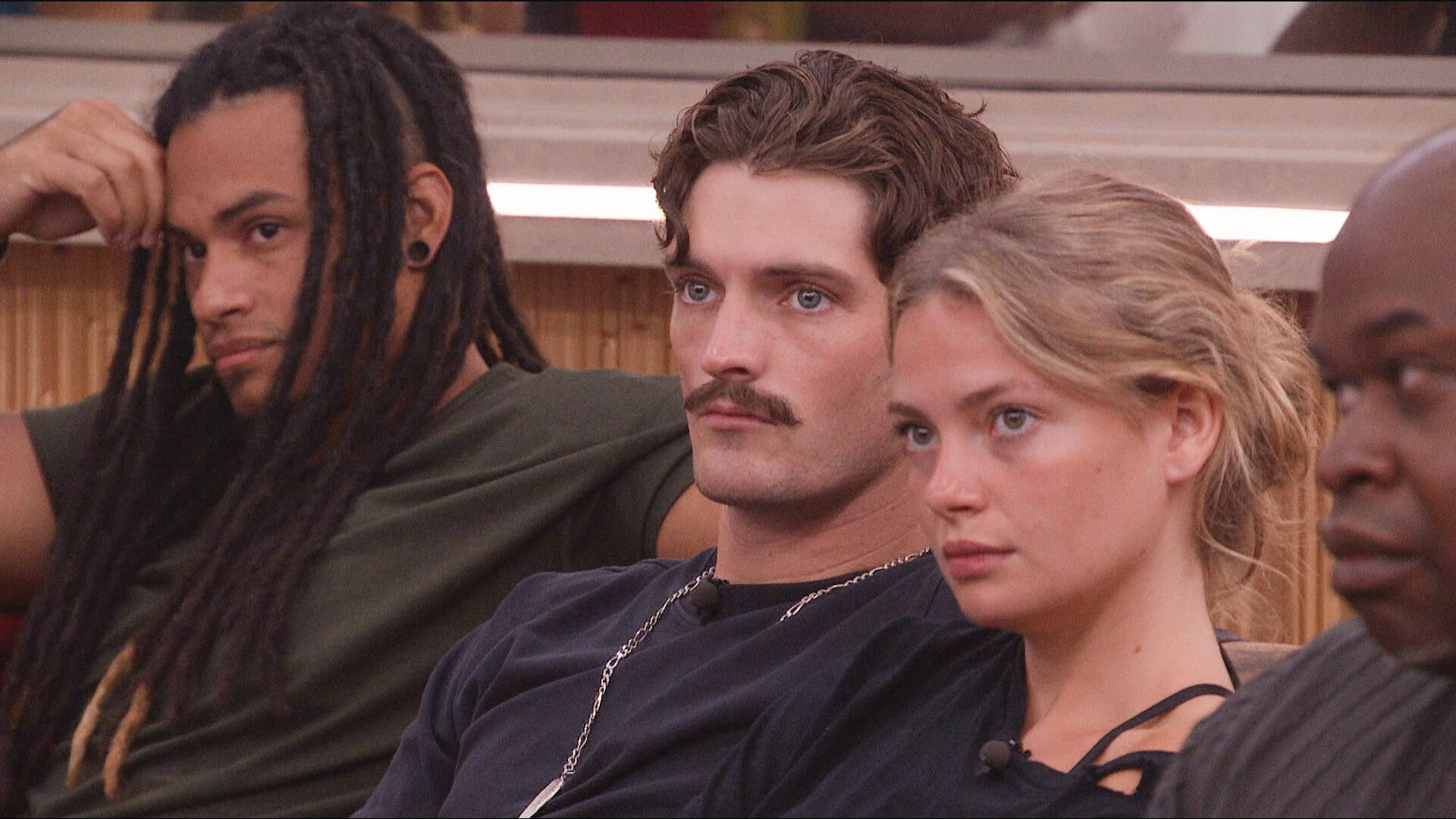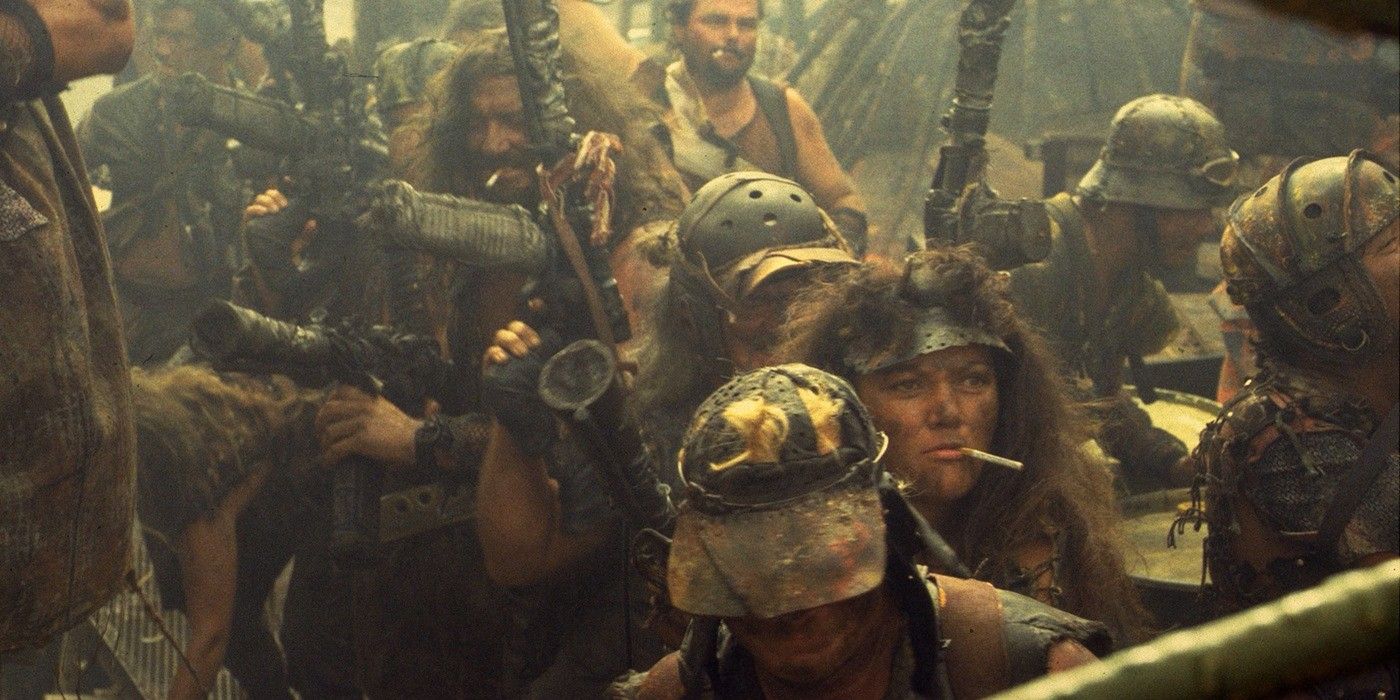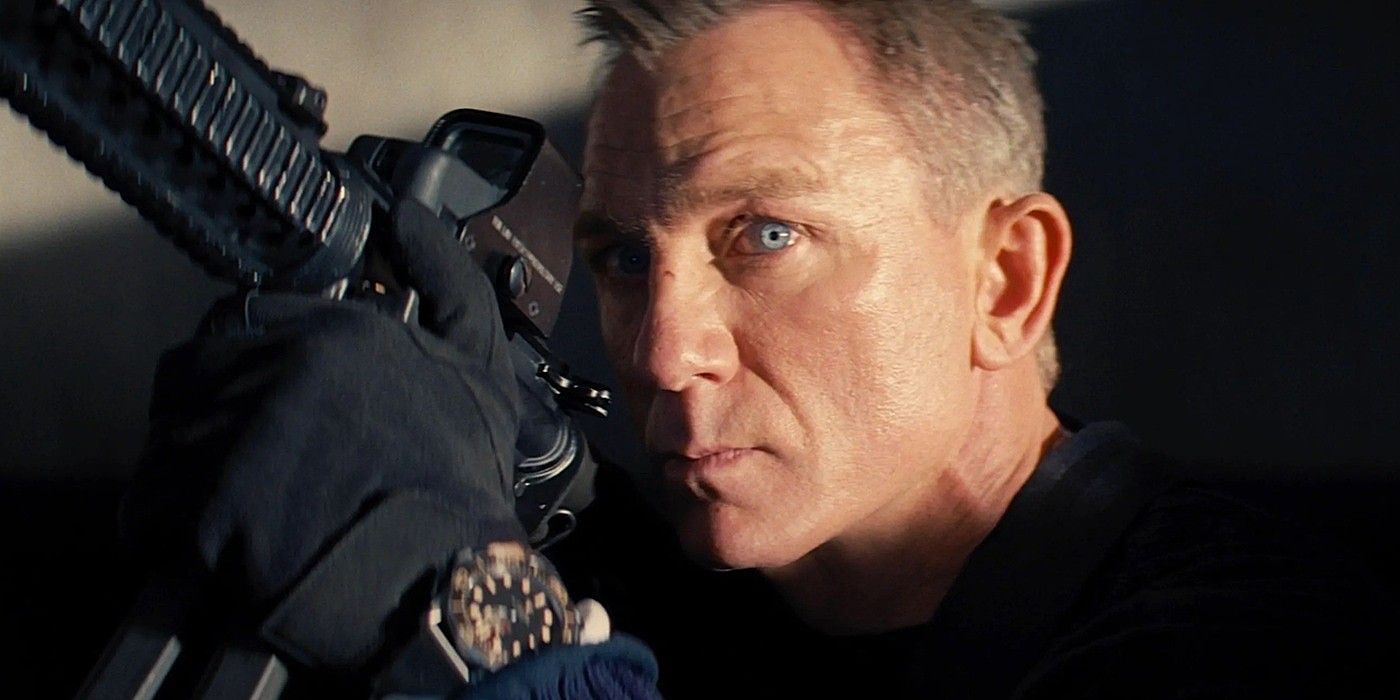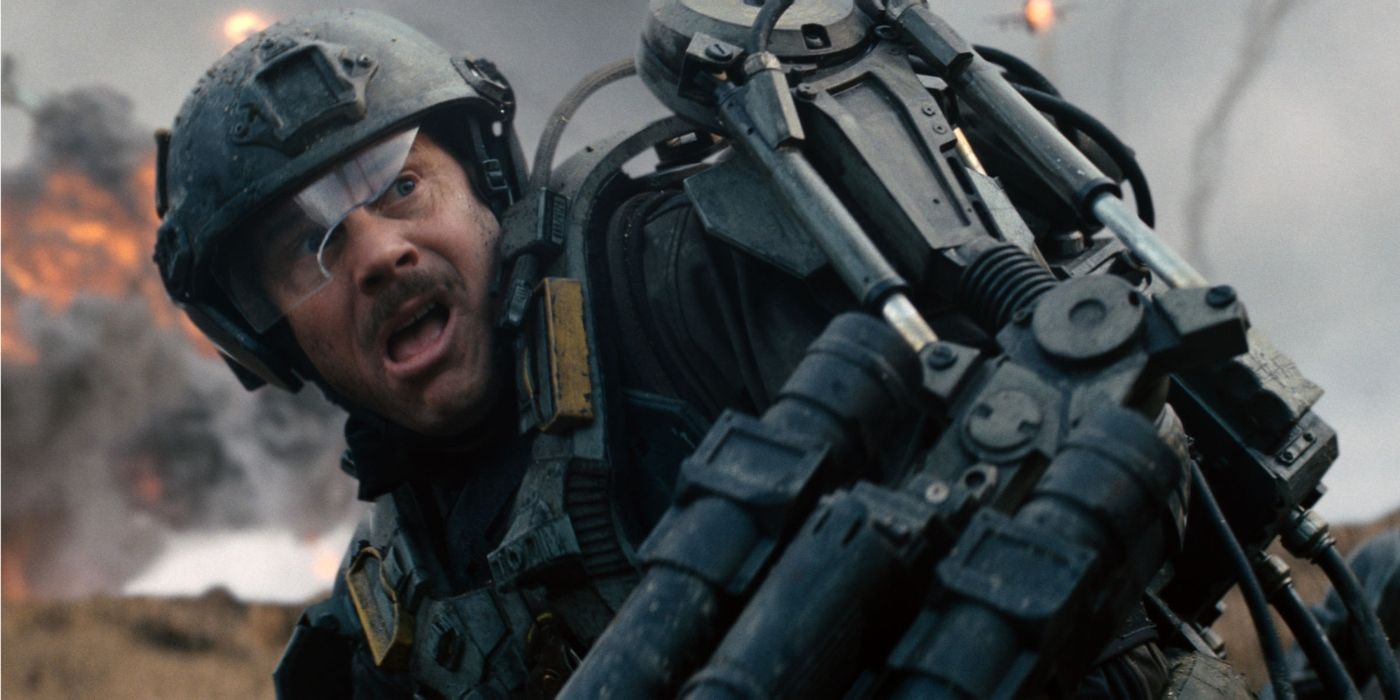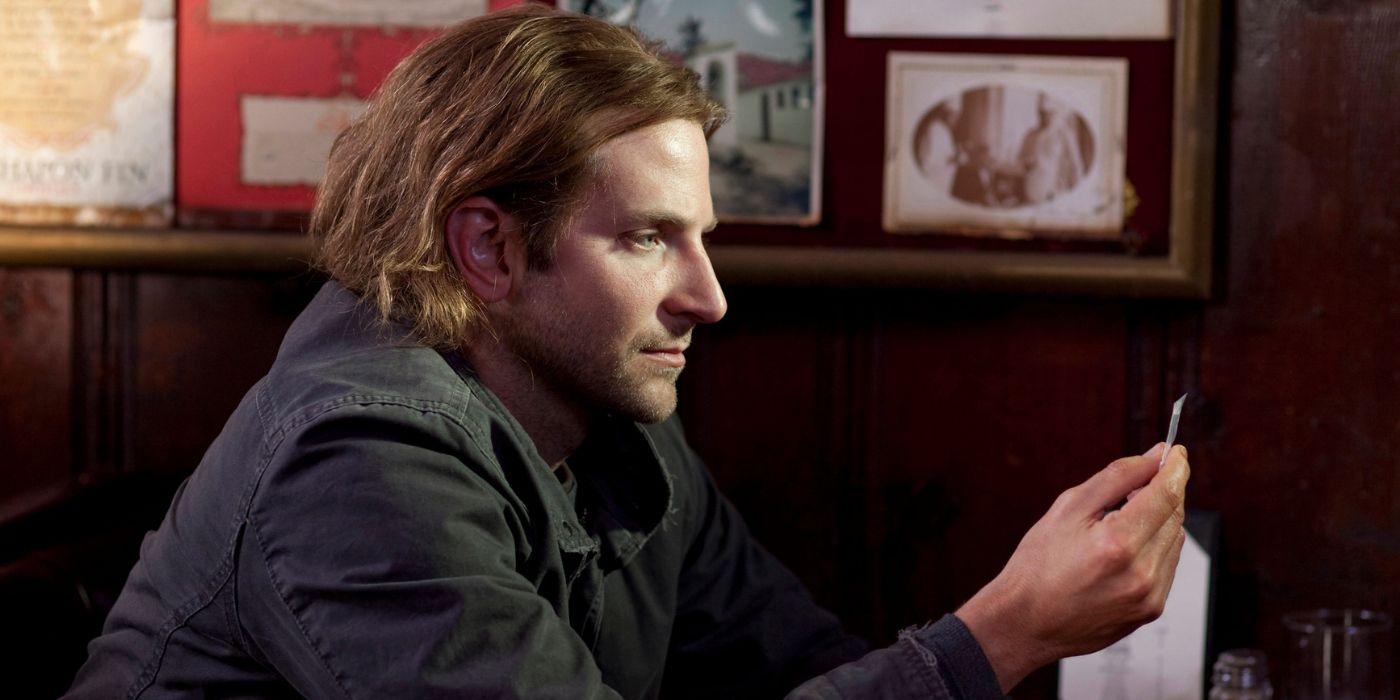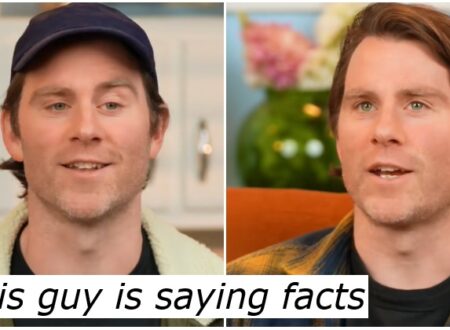Beauty publishing was always a lie. But AI just broke it
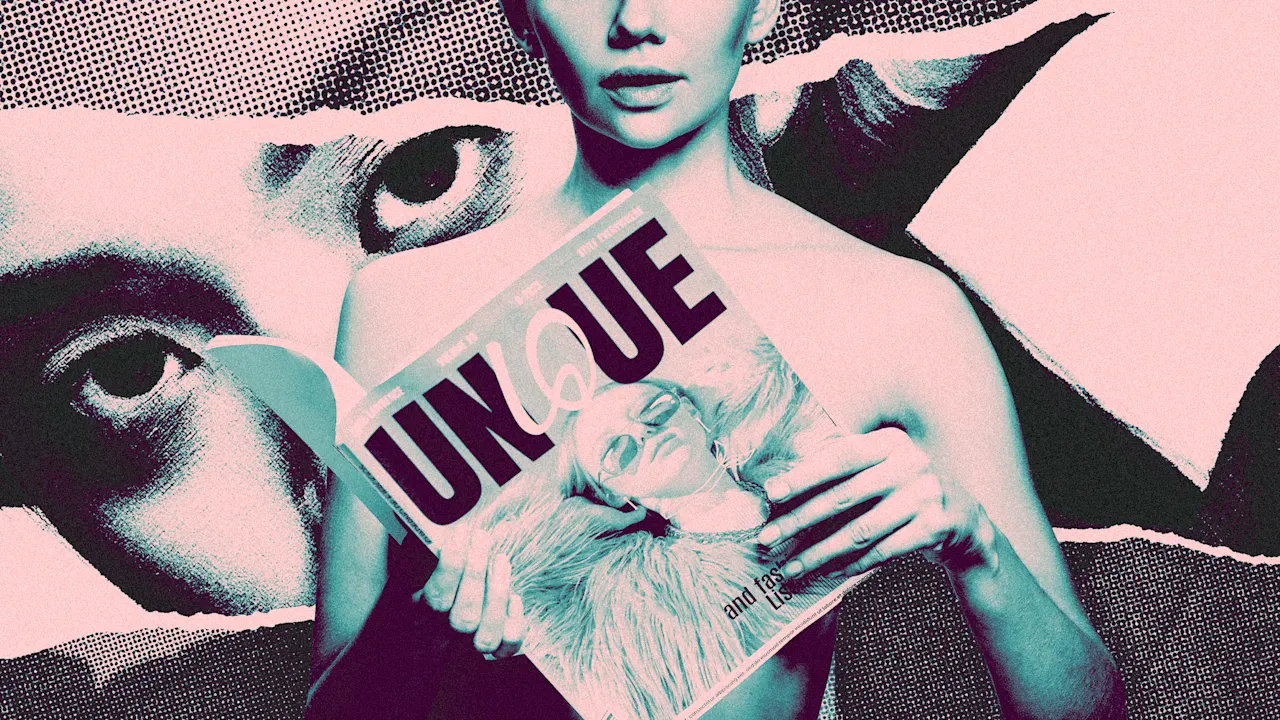
Beauty magazines have been lying to readers for decades—but at least they used to start with actual humans.
NewBeauty magazine’s Summer/Fall 2025 issue quietly crossed that line, publishing a multipage article dedicated to the beautification of female skin that featured perfect female models who weren’t real. Spotted by professional photographer Cassandra Klepac, she pointed out that each photo was labeled as AI and included the prompt used to generate them.
With the advent of technology capable of synthesizing ultra-high-definition photos of realistic humans, this was bound to happen sooner rather than later. Knowing the hell that Vogue recently faced for featuring Guess advertisements with AI-generated models—sparking the rage of 2.7 million TikTok viewers and subscription cancellations—it is surprising that NewBeauty’s editors decided to do the same with actual editorial content, the supposedly “real” part of magazines.
So why did the magazine—which calls itself ”the beauty authority” in its tagline—do this? “NewBeauty features both real people and patients, alongside AI-generated images,” executive editor Liz Ritter told me via email. “We maintain a strict policy of transparency by clearly labeling all AI content in detail in our captions, including the prompts used to create these images, so readers always know the difference.”
Her nonanswer leaves us to only speculate on the reasons why. Talking about the Guess campaign, Sara Ziff—founder of the Model Alliance—said that it was “less about innovation and more about desperation and the need to cut costs.” Given the depressed status of the print media industry, I suspect that may have played a role in the case of NewBeauty.
Perfectly legal . . .
However you may feel about the campaign, we know that NewBeauty didn’t do anything illegal. There are virtually no laws governing editorial use of AI-generated humans at this point, except to stop deceptive use in politics and in regards to the honor of individuals (something already covered by libel laws).
Surprisingly, advertising is a little bit more regulated. The Federal Trade Commission can penalize deceptive advertising practices. New York’s groundbreaking AI disclosure law targets advertisements, requiring “conspicuous disclosure” when synthetic performers are used. But editorial? It exists in a regulatory wasteland, leaving it to the judgment of editors.
Europe’s comprehensive AI Act mandates clear labeling of AI-generated content and carries maximum fines of €35 million ($40.7 million), but it focuses on transparency, not prohibition. You can fabricate entire humans for editorial use—you just have to mention it in the caption. NewBeauty did exactly that.
. . . but dangerous anyway?
We also know that, despite the fact there’s nothing illegal about it, this doesn’t mean it is right. Using artificial intelligence feels dangerous because it is so easy and so powerful. When it spreads—and it will—many professions will be affected. This includes not only the models, photographers, makeup artists, and all the people who make real photoshoots possible, but also the Photoshop artists who retouch what comes out of the digital camera into an image that quite often has very little to do with what the sensors capture.
For the past few decades, Photoshop artists have erased wrinkles, refined arms, rebuilt waistlines, adjusted eyes, and turned anything that editors deemed imperfect into whatever fantasy beauty standard the industry set. Reality has been malleable, to be generous.
Remember that time Rolling Stone heavily retouched Katy Perry because they didn’t think she was pretty enough? Or that Lena Dunham Vogue cover and photo feature, the one in which she was missing an arm? Duham said at the time those photos were intended as “fantasy.” Like everything else featured in glossy pages. Those were just two high-profile examples of a practice that happens regularly for any cover of any fashion, beauty, or celebrity print magazine.
In this sense, acting surprised or offended by NewBeauty’s AI models feels hollow, albeit understandable—due to a fear of the damage that AI tools will bring to the industry.
It’s been a ruse forever
The hard reality is that photographers have used lighting and filtering tricks to make things look more beautiful than they are in real life since the advent of the medium. Then, the editorial and advertising industries have been breaking every taboo in digital manipulation since Photoshop was invented. Today, AI is democratizing the deception once again—to the point where a single art director for some random magazine can actually create a high-resolution print spread full of beautiful people who don’t exist, simply by using a short prompt and spending a couple of dollars.
I get it. It’s tempting to tweak reality, sometimes rearranging it completely, to tell a compelling narrative. This summer I went to the Robert Capa museum in Budapest—highly recommended—and stared for a while at that famous Spanish Civil War photo of a Republican “miliciano” being shot. I considered its terrible beauty and the effect it had on the public in an era in which the specter of Nazism and fascism was rising in Europe.
I also considered the fact that some experts believe that the photo may have been staged (while others vehemently disagree) and pondered on what is real and what’s not, on the effects of perceived reality versus “real reality” versus manipulated reality. These are questions we constantly face as journalists. If Capa really staged that photo, perhaps it was the right thing to do at the time. Perhaps not.
But I digress. I don’t pretend to hold NewBeauty to the same fact-checking standards that governed news media back in the time of Capa. Beauty, fashion, cars, and luxury magazines are all part of that aspirational world in which reality easily gets bent to tell a fantasy.
I would say that, by clearly labeling the AI images, NewBeauty is being way more honest than the editors of fashion and beauty magazines have been in years and decades past. Those magazines never labeled their photos, “THIS CELEB IS PHOTOSHOPPED! THIS AIN’T REAL, STEPHANIE! STOP DIETING! LOL!” Yet all covers and many interior shots were digitally altered and many times reconstructed beyond recognition, sometimes pathetically so.
Indeed, the beauty industry was already constructed on visual lies, but in the age of AI, the powers that be won’t stop here. Will it be problematic? Yes. Will it cause real economic and personal damage? Most definitely. But we will get more and more used to it until we stop questioning the practice at all. I hate to tell you I told you so, but I told you so. It’s the destruction of reality as we know it.
What's Your Reaction?
 Like
0
Like
0
 Dislike
0
Dislike
0
 Love
0
Love
0
 Funny
0
Funny
0
 Angry
0
Angry
0
 Sad
0
Sad
0
 Wow
0
Wow
0




